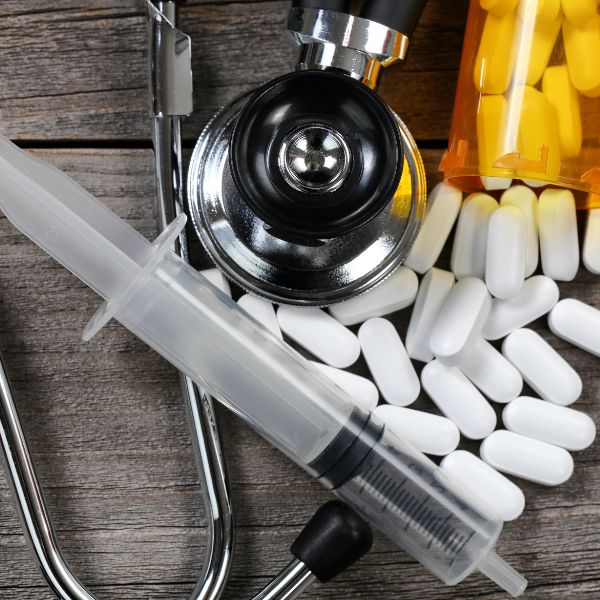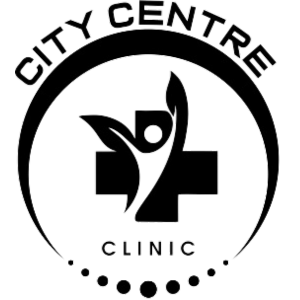
Understanding Opioid Use Disorder (OUD)
Opioid Use Disorder (OUD) is a psychological and physical inability to stop harmful behaviors such as substance abuse, gambling, or compulsive gaming, despite the resulting mental and physical harm. In Canada, Opioid Use Disorder has been steadily increasing.
What Is Opioid Use Disorder?
Opioids, including hydromorphone, oxycodone, fentanyl, and morphine, are crucial pain medications. OUD occurs when the use of these drugs becomes uncontrollable and harmful, preventing individuals from living fulfilling lives. Even if the effects are not immediately visible, opioid use without medical guidance can be dangerous.
Signs of Opioid Use Disorder
- Using opioids in excess of prescribed amounts or durations
- Difficulty cutting down usage
- Spending excessive time acquiring, using, or recovering from the drug
- Intense cravings and inability to focus on daily activities
- Using opioids despite negative impacts on relationships, work, or health
- Needing increasing amounts of the drug for the same effect (tolerance)
- Experiencing withdrawal symptoms when trying to quit
- Developing physical dependence on opioids
- Continuing to use opioids despite knowing the risks
Treatment for Opioid Use Disorder
Treatment often involves medications, counseling, and education. Medications such as Methadone and Suboxone can help manage withdrawal symptoms and cravings. Therapy plays a crucial role in addressing emotional challenges associated with recovery.
Urgent Treatment for Overdose
Naloxone can be lifesaving in the event of an opioid overdose. Administer Naloxone and call 911 immediately. Speak with your physician about obtaining a Naloxone kit.
If you suspect someone is experiencing an opioid overdose, remember to stay with them, call for emergency medical help, provide rescue breathing or CPR if necessary, and administer Naloxone if available.
